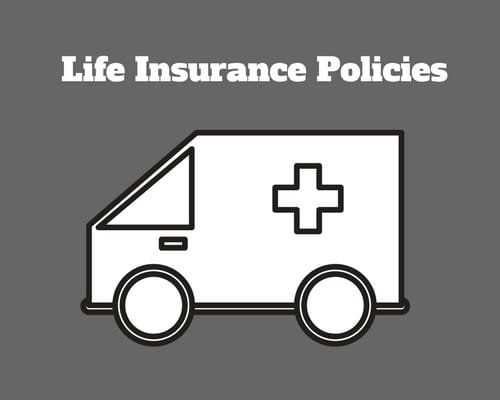Life Insurance Norms-In an unpredictable world, where uncertainties lurk around every corner, life insurance emerges as a beacon of financial security and peace of mind. Among the myriad of options available, understanding the norms governing life insurance is crucial for making informed decisions about protecting one’s future and that of their loved ones. Let’s explore the landscape of life insurance norms and their significance:
1. Definition and Purpose
Life insurance, at its core, is a contract between an individual and an insurance company, wherein the insurer guarantees a sum of money to the designated beneficiaries upon the insured’s death. The primary purpose of life insurance is to provide financial protection and support to dependents in the event of the insured’s demise, ensuring their well-being and stability.
2. Types of Life Insurance
Life insurance norms encompass various types of policies tailored to meet diverse needs and preferences. Term life insurance offers coverage for a specified period, providing a lump-sum payout in case of death during the term. Whole life insurance, on the other hand, provides coverage for the insured’s entire life, with a guaranteed death benefit and cash value accumulation over time. Additionally, there are universal life and variable life insurance policies offering flexibility and investment options.
3. Premiums and Coverage
Life insurance norms dictate the calculation of premiums based on factors such as age, health status, lifestyle, and coverage amount. Younger and healthier individuals typically pay lower premiums compared to older or high-risk applicants. The coverage amount, or death benefit, is determined based on the insured’s financial obligations, future expenses, and income replacement needs, ensuring adequate protection for beneficiaries.
4. Underwriting Process
The underwriting process is a crucial aspect of life insurance norms, involving the assessment of an applicant’s risk profile by the insurance company. Factors such as medical history, family health background, occupation, and lifestyle habits are evaluated to determine insurability and premium rates. Underwriting ensures that the insurance company can manage its risk exposure effectively while offering competitive pricing to policyholders.
5. Policy Provisions and Riders
Life insurance policies often come with additional provisions and riders that enhance coverage and customization options. Common riders include accidental death benefit, waiver of premium, critical illness, and disability income, providing supplementary protection against unforeseen circumstances. Policyholders can tailor their coverage according to specific needs and preferences, ensuring comprehensive financial security.
6. Claim Settlement Process
Life insurance norms govern the claim settlement process, outlining procedures for beneficiaries to file a claim and receive the death benefit upon the insured’s demise. Prompt and transparent claim settlement is essential for maintaining trust and credibility within the insurance industry. Insurance companies adhere to strict guidelines to expedite claim processing and ensure timely disbursement of benefits to beneficiaries.
7. Regulatory Framework
The regulatory framework governing life insurance norms varies across jurisdictions, with regulatory authorities overseeing industry practices, product offerings, and consumer protection measures. Regulatory compliance ensures transparency, fairness, and accountability within the insurance sector, safeguarding the interests of policyholders and promoting market stability and integrity.
8. Tax Implications
Life insurance norms also encompass tax implications associated with policy premiums, benefits, and withdrawals. In many jurisdictions, premiums paid towards life insurance policies are eligible for tax deductions or credits, providing incentives for individuals to purchase coverage. Death benefits received by beneficiaries are generally tax-free, offering a tax-efficient means of wealth transfer and estate planning.
9. Consumer Awareness and Education
Promoting consumer awareness and education is integral to life insurance norms, empowering individuals to make informed decisions about their financial protection needs. Insurance companies, regulators, and financial advisors play a crucial role in disseminating information about life insurance products, features, and benefits, enabling consumers to navigate the complexities of insurance planning effectively.
10. Importance of Adequate Coverage
Ultimately, the essence of life insurance norms lies in the importance of securing adequate coverage to safeguard against life’s uncertainties. Whether it’s protecting loved ones from financial hardship, ensuring business continuity, or leaving a legacy for future generations, life insurance serves as a cornerstone of financial planning and risk management, offering peace of mind and stability in an ever-changing world.
Understanding life insurance norms is essential for individuals seeking to protect their financial well-being and that of their families. By navigating the intricacies of policy provisio ns, underwriting criteria, and regulatory requirements, individuals can make informed decisions about selecting the right coverage to meet their needs and goals. In a world marked by uncertainties, life insurance emerges as a powerful tool for securing tomorrow and building a brighter future for generations to come.
ns, underwriting criteria, and regulatory requirements, individuals can make informed decisions about selecting the right coverage to meet their needs and goals. In a world marked by uncertainties, life insurance emerges as a powerful tool for securing tomorrow and building a brighter future for generations to come.